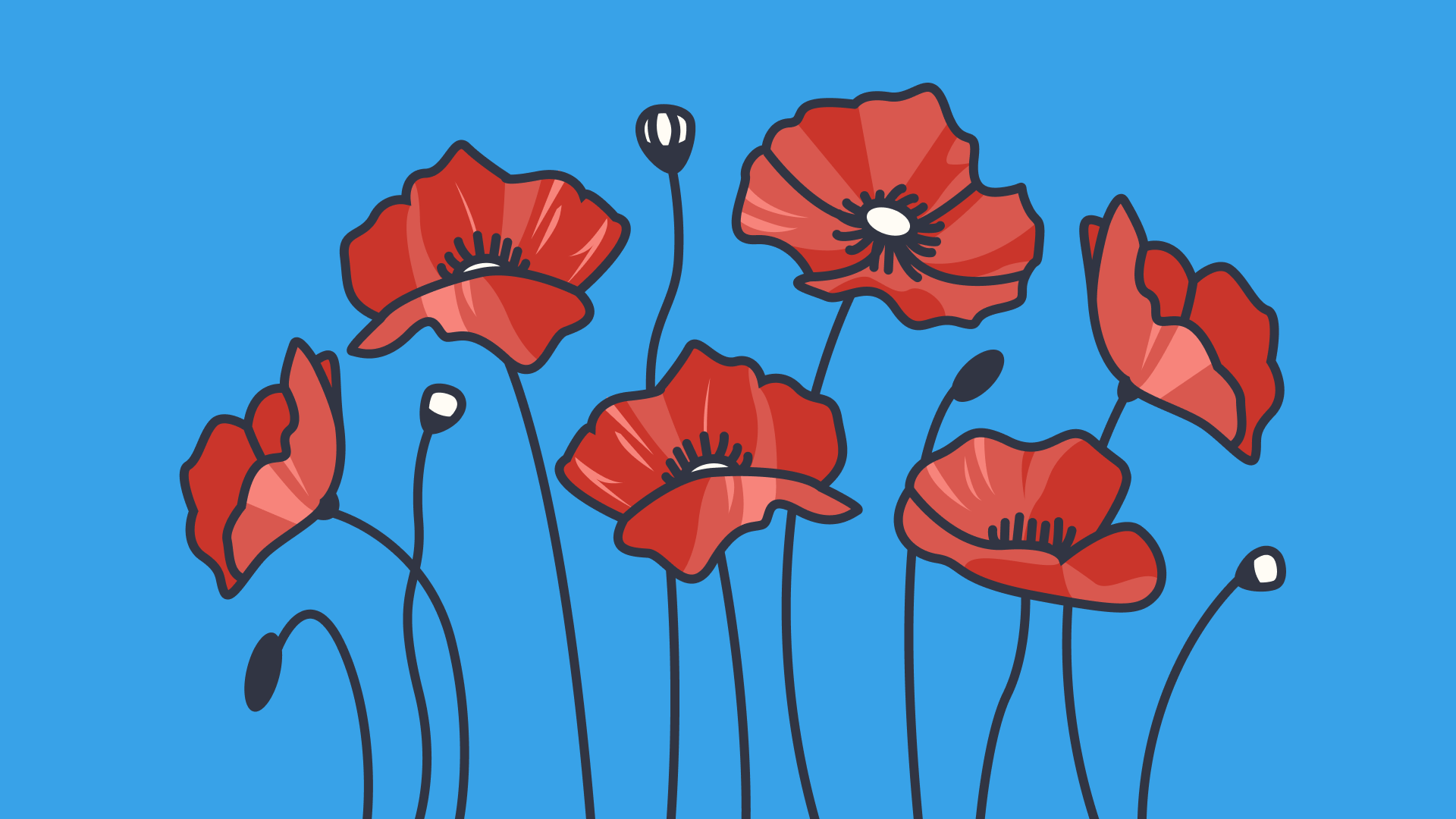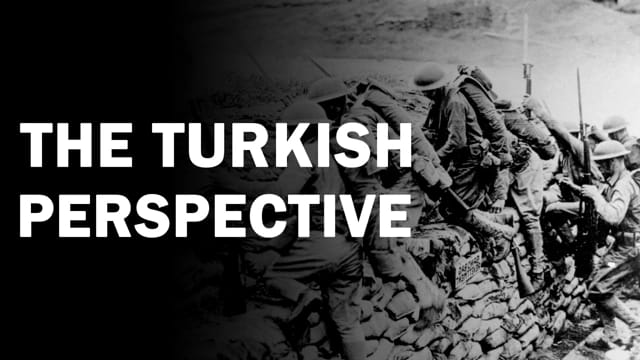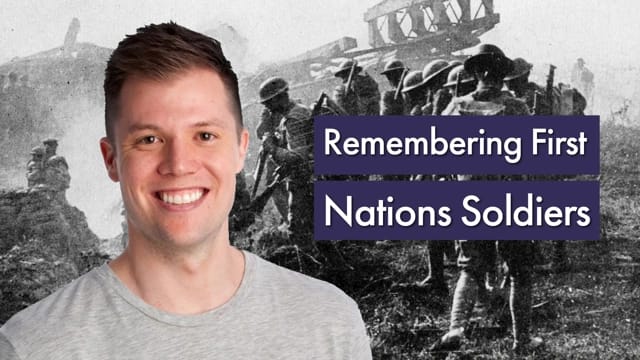Effective ways to teach the importance of Anzac Day in schools
In this guide
Anzac Day is fast approaching, the curriculum has barely been touched and you know that you need to have students understand and acknowledge this important day.
You want to come up with something new to catch students’ attention and make sure that they engage in a meaningful and respectful way but you just don’t have the time!
Sound familiar?
Let’s see if we can help.
Understanding the history and significance of Anzac Day
1) History and significance of Anzac Day
Anzac Day is celebrated annually on the 25th of April to commemorate the landing of the Australian and New Zealand Army Corps on the Gallipoli peninsula in Turkey.
What was anticipated to be a swift battle to open a supply route through Turkey stretched to an eight month stalemate. The Anzac troops missed their intended landing place and dug into the side of the Gallipoli peninsula, fighting the Turkish soldiers who held the well fortified and higher home ground advantage.
Known for their incredible stories of determination and strength against adversity, Anzac soldiers faced supply shortages, woeful conditions and were at the mercy of the elements as they dug themselves into the side of a rocky cliff face and fought against a better prepared and supplied enemy.
Whilst World War One raged on the Western Front, Gallipoli soldiers continued to fight for eight months neither gaining or losing ground. The conditions the men endured as well as the spectacular success of the evacuation of Gallipoli are sure to capture your students attention as the men managed to accomplish
- Several stages of evacuation of troops and supplies under the eagle eye of their enemy.
- The invention and use of the drip-rifle which assisted in the success of the evacuation.
- The successful removal of around 36, 000 men from an exposed landscape with minimal loss of life both to the ANZAC soldiers and their Turkish counterparts.
2) Anzac Day today
First celebrated in 1916, Anzac Day has now been expanded to include those who served in and/or lost their lives during war or peacekeeping operations. It is a national public holiday in Australia and New Zealand with specific services and traditions which have only been altered during COVID since the day’s inception.
The day begins with a dawn ceremony which features:
- Prayers, hymns and readings
- The laying of wreaths
- The Last Post
- A minutes silence for the fallen
- The Reveille
- The National Anthem
As well as marches, gunfire breakfasts and, of course, the eating of Anzac biscuits!
Classroom discussions to foster reflection and respect
Hopefully your students already have a basic idea about the significance of Anzac Day. If not, you might need to first get back to basics and discuss WWI and the importance of the landing in Turkey.
1) First Nations Soldiers
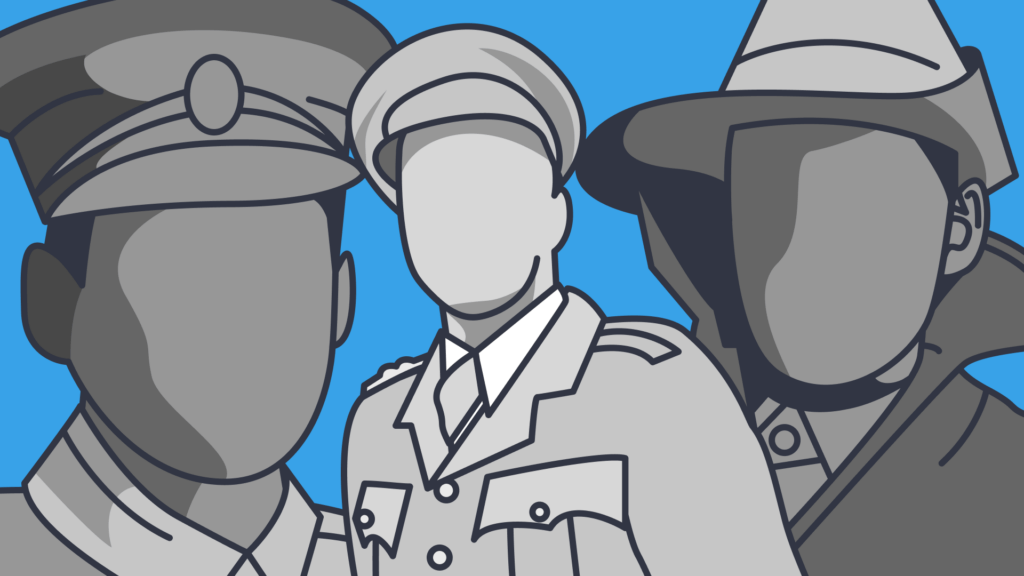
Serving alongside their Australian counterparts, whilst still being classified as Flora and Fauna in their own country, the service of First Nations Soldiers is definitely an important area to explore.
I find that students tend to need to unpack the fact that Indigenous soldiers felt strongly enough about WWI to fight alongside those who were often marginalising them in their own country.
Students are equally fascinated by the drastic change in men’s viewpoints on Aboriginality following WWI and how it can be seen as the starting point for the change in society’s perception of our own First Nations Peoples.
Have students consider:
- How Indigenous men would have been accepted and treated as recruits.
- Whether men would have trusted First Nations soldiers on the battlefield.
- Why there are no documented images of First Nations soldiers at Gallipoli.
- How men who had remained in Australia during WWI would have reacted to men who returned home and ‘suddenly’ treated Aboriginal men as equals following their experiences overseas.
2) Daily life
Bring the reality of life at war to life for your students. Rather than endless names and dates of battles and the taking of trenches (cue students falling into a coma!) explore different, memorable, quirky bits of Gallipoli that are sure to stick in students minds and, hopefully, spur them into wanting to know more about this period of history.
Explore
- Why did soldiers wear their boots 24/7 (link to trench foot)?
- Food, drink and shelter (compared to Turkish soldiers).
- What really happened on Christmas Day?
- Did the men really enjoy the endless, well meaning, parcels of socks and vests from home?
- Where was their water sourced from and how much was available?
- When and where could you bathe?
- The importance of animals in Gallipoli.
- How bodies could not be easily returned to their home countries and how this resulted in the use of memorials in home towns.
Speculate
- What would these young men have been doing if they had been at home?
- What was the effect of the loss of men on women back at home?
- What was the effect (particularly on small towns) of the huge loss of life post WWI?
- Would you have been happy to escape the Gallipoli peninsula unscathed or was it cowardly to sneak out?
Interactive activities to commemorate Anzac Day
1) Begin a hall of honour
- Have students choose and research a soldier; the DVA and Australian War Memorial websites are great places to start their search.
- Have students compile profiles for these individuals including:
- Images
- Age
- Home town
- Awards and notable experiences
- Date of death
And any other information that your students can uncover.
These profiles can be used either as:
- A hall of honour in the school (located in the front office or significant hallway in the school for maximum impact on students).
- As a part of a slideshow for the Anzac Day ceremony at your school.
2) What was life like in the trenches?
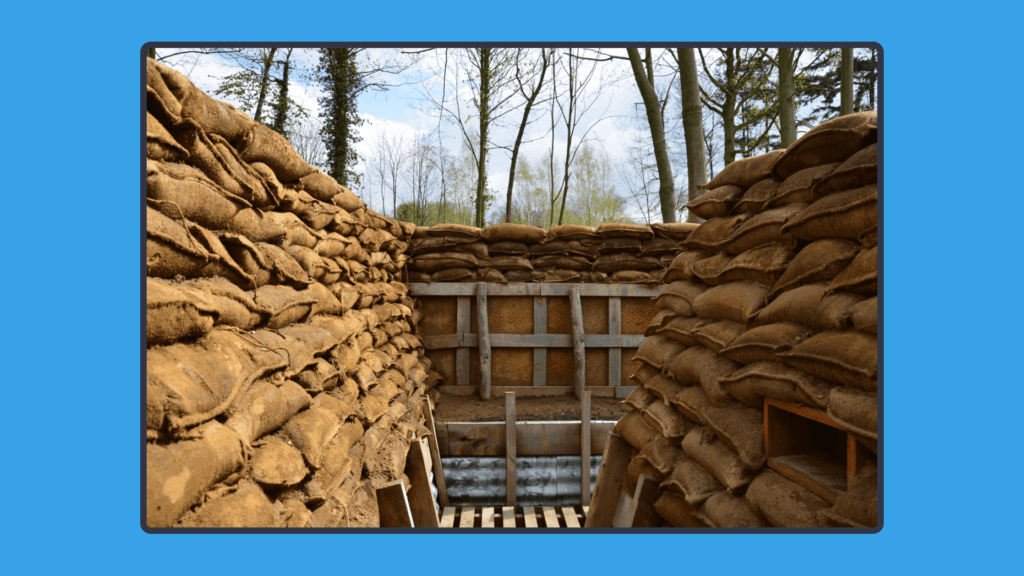
Take an interactive tour of the trenches and learn the importance of wartime innovation; particularly the importance of the periscope rifle.
You could have students use this knowledge to:
- Write diary entries as a soldier.
- Write letters describing their experiences home to loved ones (complete with redacted text from the censor!).
- Use a Venn diagram to compare what conditions would have been like in summer vs winter in the trenches.
Art and writing projects to explore Anzac themes
1) Poetry and music
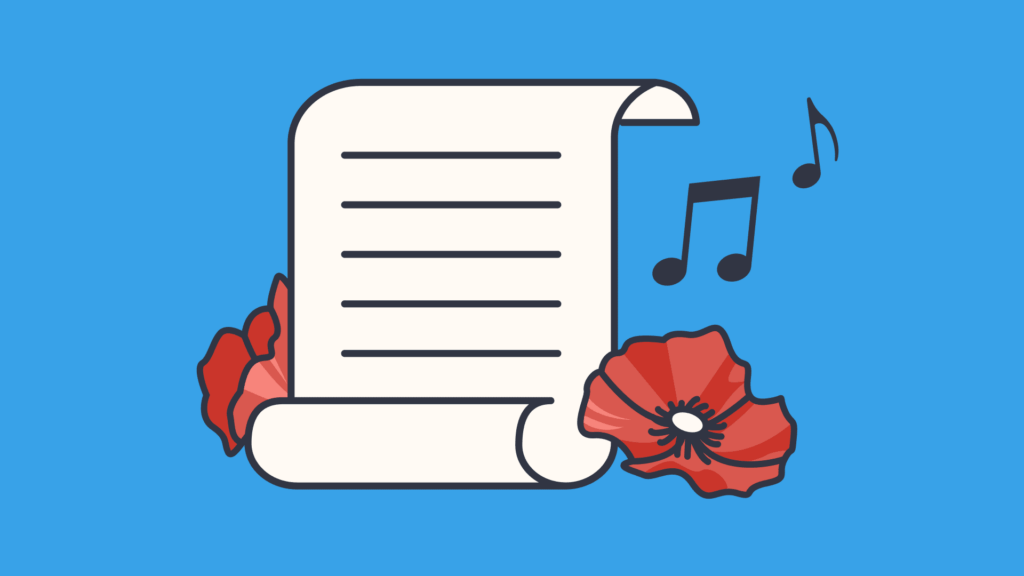
Announcing poetry in my classroom was often met with groans and eye rolls. I guarantee that exploring some of the works of war poets such as Wilfred Owen and/ or music from the time such as ‘I was only 19’ (Redgum or The Herd) will change the minds of even the most stoic of your boys!
Students can explore:
- How poetry and music can help different generations to understand what life was like for WWI soldiers in an exploratory essay.
- Identify how poetic techniques were used to create mood and emotion in these pieces.
- Write a newspaper article set in the time exploring the newest work from Wilfred Owen.
2) More than just Poppies and Wreaths
Let’s elevate the classroom art projects from the colouring in of poppies and egg carton wreaths!
For younger students you could instead provide a large outline of a soldier. Then, using a variety of mediums including pencils, texts, images and their newfound knowledge, students are to create a collage showing what life would have been like for an Anzac soldier.
Older students can create a split image:
- Half of the image shows a young man or woman at home with age and time appropriate attire. The background is of something a young man or woman would have been doing at home in Australia.
- The other half depicts the same man or woman in war attire surrounded by the trench environment.
Creating meaningful Anzac Day ceremonies in schools
Make the experience real and memorable
Instead of Anzac celebrations being a rushed part of a school assembly, sandwiched between the principal’s address and the school sporting announcements (you know I’m right!), let’s treat the day with the respect it should command.
Bring what is seen as ancient history to life for them, make it relevant and allow students to understand the importance of this significant event in Australian history.
Firstly – It is important that the tone is set both in the build up to and the day itself from all members of staff.
Secondly – Get creative with the ceremony itself.
Absolutely the school needs to include the traditions of the service but could you also include:
- Sensory experiences for students
- Set the scene for students and staff:
- What was it like sitting in the darkness waiting for the landing?
- Could you play water lapping and/or read from a personal account?
- Set the scene for students and staff:
- Student interaction in the ceremony rather than it simply being delivered by staff:
- Being led by their peers will give a clearer connection to other students, and
- By putting the onus on students they are more likely to make the ceremony more impactful for their peers.
- Reach out to your local RSL or Defence Base
- Could you have a past or current serving member speak to students?
Instead of having Anzac Day appear to students as just another thing to get through in the school assembly. Or (even worse!) bore students to death with great slabs of information and the pressure to learn significant dates and locations of battles (thank you to my high school History teacher who will remain nameless!) let’s make Anzac Day relevant. The battle itself is long gone, the last of the soldiers died in 2002 but that does not need to diminish their sacrifice, nor those who have fought, and continue to fight, for our country both during war and in peacetime.

Alex Pearce
briefcase iconEditor
Alex has had an extensive career as a teacher in learning, leadership, curriculum development, special needs, mental health and skill development in young people. Alex creates and edits articles and units of work for ClickView.
Other posts
Want more content like this?
Subscribe for blog updates, monthly video releases, trending topics, and exclusive content delivered straight to your inbox.

